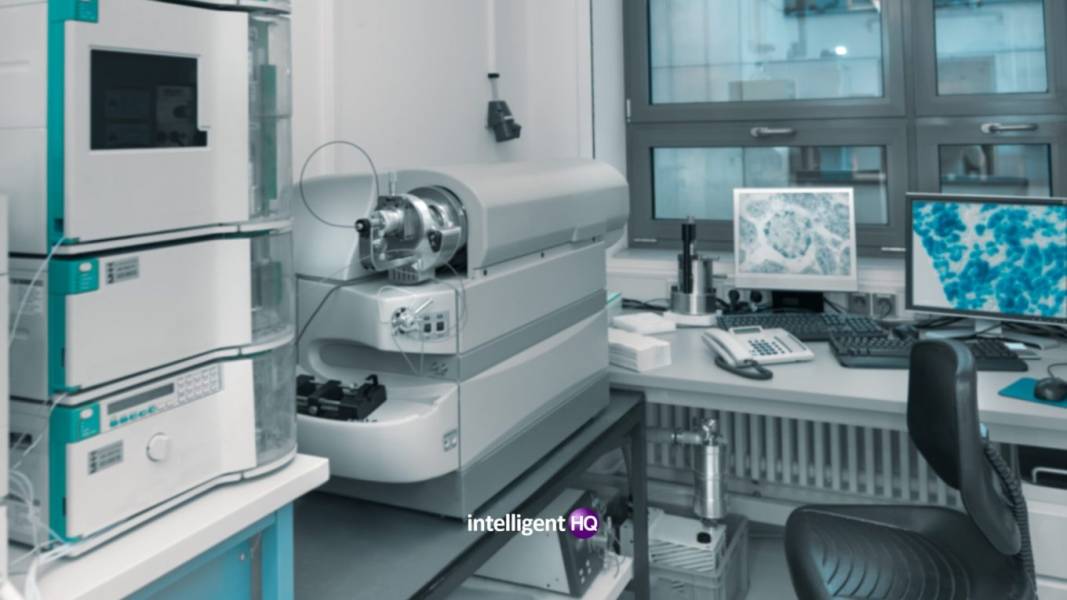ICP-OES, Inductively coupled plasma–optical emission spectrometry, is one of the most widely used atomic spectroscopy techniques. ICP-OES is used for measuring the metals and other non-metals in the solution. It is done by nebulizing the liquid sample into plasma at a high temperature. It dissolves chemical bonds, releases trapped elements, and changes the elements’ states from liquid to gaseous atomic.

The fore-optics and either a monochromator or polychromator make up the two parts of the spectrometer. The light is focused onto the sensor as soon as it leaves the mono- or polychromator, and the resultant signals are then processed to calculate the elemental composition. Here we have outlined a brief description and discussion about the common domains where ICP-OES is applied.
Different applications of ICP-OES
• Chemical analysis
• Petrochemistry analysis
• Metallurgy analysis
• Nuclear energy analysis
• Pharmaceuticals and cosmetics
• Geology / Mining / Rare Earth Elements analysis
• Materials sciences analysis
Two most common domains of applications for ICP-OES
• Chemical analysis
• Environmental and agro-chemical analysis
Chemical analysis
ICP-OES can be effectively used for chemical samples. ICP OES is applied in chemical instances to understand the chemical composition and properties of particular substances.
Process of ICP-OES chemical analysis
Ionizing and exciting the material with a plasma torch during an ICP-OES chemical analysis enables elements to be identified by their characteristics and the quantity of the components to be determined based on the intensity of emission lines.
ICP-OES is typically used for elemental analysis because it can perform multiple element analyses and speed up analysis times that satisfy production needs. Chemical analysis is mostly performed as part of manufacturing quality control, but it is also committed to keeping track of operations and includes checking intermediate and finished goods.
This chemical analysis may be performed on many metals, including carbon steel, aluminum, and stainless steel alloys, to identify the principal and trace elements contained in the sample. ICP-OES may be more suitable for smaller models that Spark-OES may need to find acceptable. ICP-OES is highly used in chlorine, soda ash, sodium, caustic soda, and magnesium production. In these industries, analysis of brines( 25 to 30% NaCl) is compulsory. ICP-OES enables handling a total dissolved solids concentration and achieves the best performance for such samples as chlorine, soda ash, etc.
Environmental and agro-chemical analysis
Generally, ICP-OES are applied to determine the environmental factors, including soils, sludges, water, and air. Humans consume ecological elements such as air, water, and soil.
It is essential to monitor the element availability and content connected to human consumption and impact.
ICP-OES application is used in ecological agriculture to ensure the entire quality of a product from raw and final product quality. The chemical analysis must be performed on the agricultural inputs used in environmental farming. It helps to
• Characterize nutritional value for crops
• Evaluate the level of contaminants
• Avoid fraud in the organic food
Environmental samples are not only limited to water, soil, and air. It also includes analysis of workplaces such as coal ash, air ash, or dust analysis. Environmental samples are not only limited to water, soil, and air. It also includes analysis of workplaces such as air, coal ash, fly ash, or dust analysis. It is also applicable for determining the low level of high metals in different water samples—for example- seawater, drinking water, underground water, etc.

Founder Dinis Guarda
IntelligentHQ Your New Business Network.
IntelligentHQ is a Business network and an expert source for finance, capital markets and intelligence for thousands of global business professionals, startups, and companies.
We exist at the point of intersection between technology, social media, finance and innovation.
IntelligentHQ leverages innovation and scale of social digital technology, analytics, news, and distribution to create an unparalleled, full digital medium and social business networks spectrum.
IntelligentHQ is working hard, to become a trusted, and indispensable source of business news and analytics, within financial services and its associated supply chains and ecosystems



























